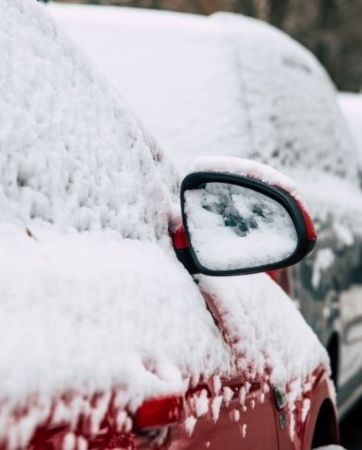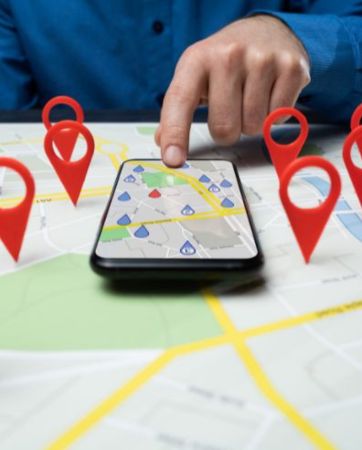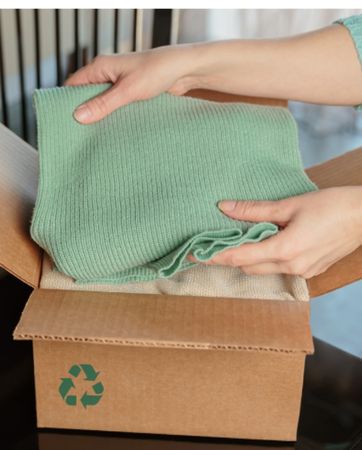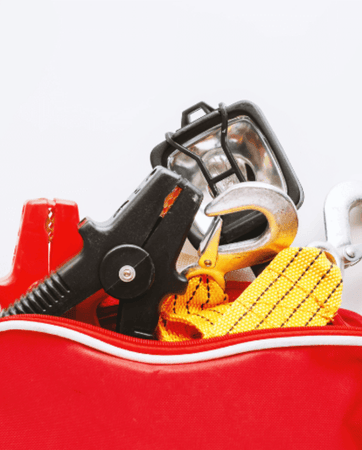Top Tips for Driving in Wet Weather Conditions
Driving in wet weather can be dangerous, even for experienced drivers. Learn how to stay safe in rainy conditions with these helpful safety tips.
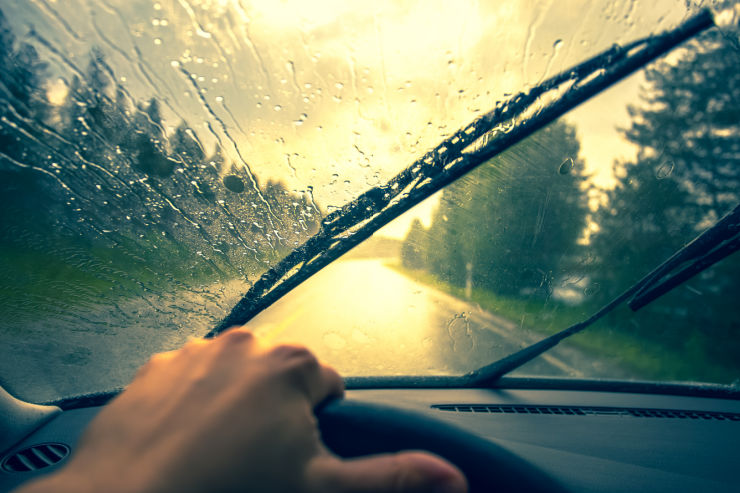
1. Listen for Weather Updates
When planning a journey, check the weather report to ensure you are properly prepared for all eventualities.
2. Check Your Tyres Regularly
Check your tyre pressure and tyre tread depth to avoid skidding on wet or slippery surfaces. See https://www.rsa.ie/road-safety/road-users/vehicle-components/tyres/wheel-and-tyre-maintenance.
3. Windscreen Wipers and Lights
Ensure your windscreen wipers are in good condition and not causing streaks on your windscreen. Also, ensure your lights are working fully.
4. Dipped Headlights
If visibility is poor, make sure to use your dipped headlights.
5. Seat Belts
Always wear your seatbelt when driving or when you are a passenger in any vehicle. This is not just for the safety of the driver, but for all passengers in the vehicle.
6. Stick to Main Roads
Stick to main roads that are less prone to flooding.
7. Rain After a Dry Spell
Be especially cautious when rain follows a dry spell. Oil and grease that builds up over time can become even more hazardous when mixed with rainfall.
8. Avoid Hydroplaning - Slow Down
Reducing your speed will decrease your stopping distance and will help to prevent hydroplaning. Hydroplaning occurs when a layer of water builds between the wheels of the vehicle and the road surface. This in turn leads to a loss of traction that prevents the vehicle from responding to control inputs.
9. Keep your Distance
Increase your following distance and allow the vehicle in front of you plenty of room to brake. This will avoid the risk of collisions.
10. Do Not Make Unnecessary Journeys
Think before driving through any flood or bad weather event. Do not drive unless your journey is absolutely necessary. Do not attempt to drive through water if you are unsure of the depth - 50cm of water can float a car. Remember, driving
through any depth of water can be dangerous. Driving through water above 10cm in depth means risking irreversible damage to your vehicle.
If you do have to pass through a flooded area, it is very important that you check your brakes and dry them out as quickly as possible by lightly pushing on the brake pedal whilst the car is moving. Continue to do this for a few miles after the flood.
11. Avoid Wet Leaves
A patch of wet leaves can cause skidding and be as dangerous as hitting standing water. Avoid braking or hard acceleration to avoid skidding. Leaves could also be covering potholes or other hazards that should be avoided.
12. Never Use Cruise Control in Wet Conditions
Using cruise control can cause your car to accelerate when hydroplaning and reduces driver attentiveness.
13. If You Do Start to Hydroplane
Do not brake or turn the wheel abruptly as this may cause your vehicle to go into a skid or spin. Take your foot off the gas and keep the wheel straight until your car reclaims traction. Brake gently if needed.
https://www.theaa.ie/blog/driving-on-wet-roads/
https://www.theaa.com/driving-advice/seasonal/driving-through-flood-water
All the information on this blog is published in good faith and for general information purpose only. While An Post Insurance makes every effort to ensure that the information appearing on this blog is accurate and complete, it does not make any warranties about the completeness, reliability or accuracy of this information, whether express or implied, including but not limited to implied warranties of merchantability, fitness for a particular purpose or non-infringement. Any action you take upon the information you find on this blog is strictly at your own risk. An Post Insurance will not be liable for any direct, indirect or consequential losses and/or damages in connection with the use of, or action taken in reliance on information contained in our blog.
Through this website you are able to link to other websites which are not under the control of An Post Insurance. We have no control over the nature, content and availability of those sites and if you click on links to these websites you will be subject to the terms and conditions of those sites. The inclusion of any links does not necessarily imply a recommendation or endorse the views expressed within them.



